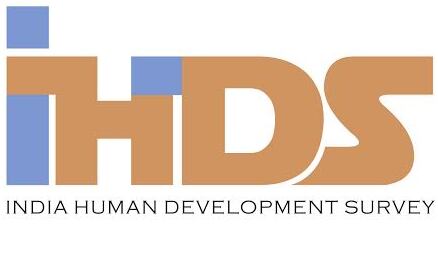How do I link IHDS 1 and HDPI data?
The data set 'panelcrosswork.dta' gives the link between two surveys, 1992-93 and IHDS 1 (2004-05) interview ids. v2 : state code (1992-93) v3 : hhid is a state (1992-93) stateid : state id (2004-05) distid : dist id (2004-05) psuid : psuid (2004-05) hhid : hhid (2004-05) hhsplitid: HH split id (2004-05) idhh : composite id of 2004-05
Using this link table you will be able link the two surveys.
